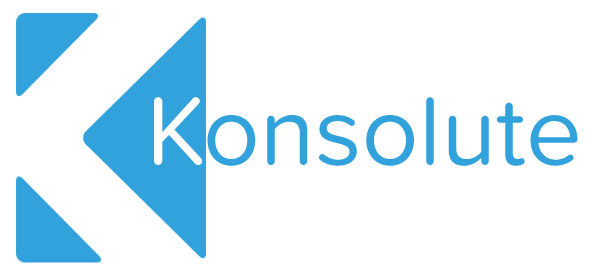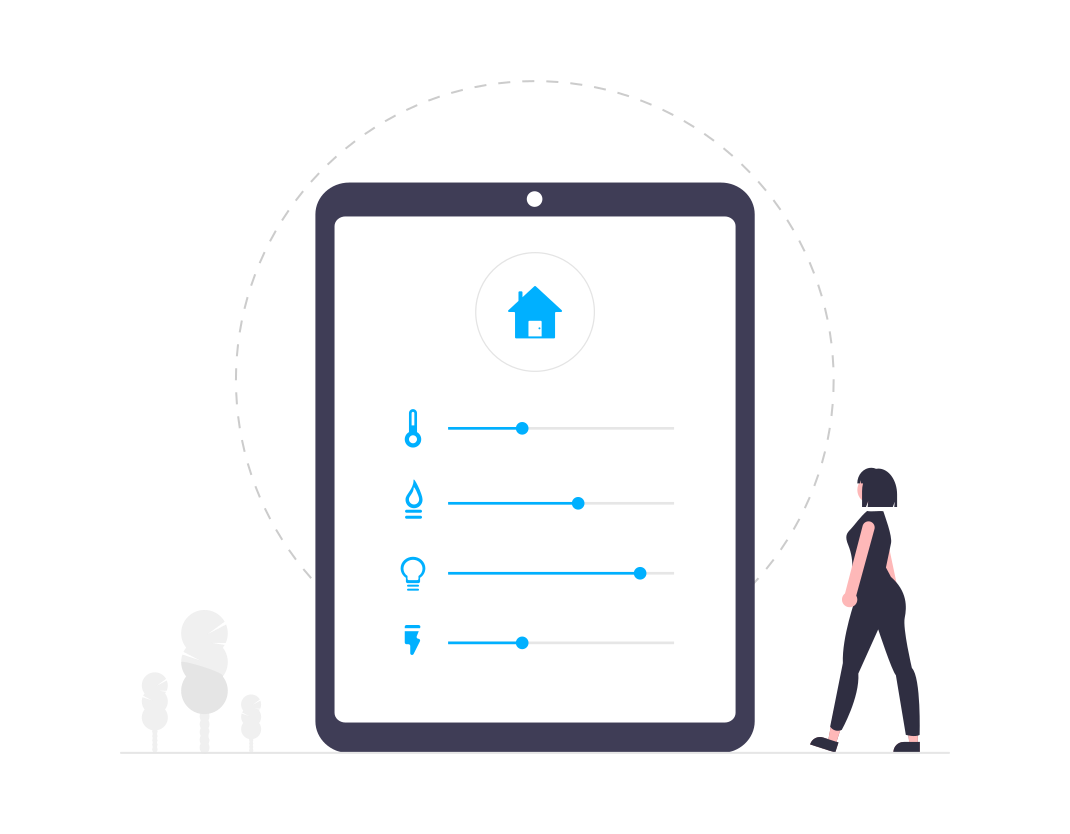CAPA processes
CAPA processes: The 10 key features that help identify the root cause of your non-compliance.
At Konsolute we’ve designed checklists, tasks and action processes to support your CAPA requirements in our QMS for M365
The Corrective and Preventive Action (CAPA) process is a fundamental component of good practice that affects all of the control points in an organisation’s quality management. From experience and working with third party auditors, we know that CAPA processes are rigorously tested during investigations.
For companies implementing strict certification and complex auditing, failure isn’t that common. However, when standards do fall short, it’s vital to know why and how best it can be stopped from happening again. Corrective Action Preventive Action (CAPA) is a process which investigates and solves problems, identifies causes, takes corrective action and prevents recurrence of the root causes. The ultimate purpose of CAPA is to assure businesses that issues will never repeat.
Reassurance for your entire ecosystem
CAPA can and should be utilised in hundreds of business processes. Having said this, we mainly see CAPA taking place in manufacturing, testing verification and validation, distribution, shipping, transport and packaging and use-applications.
So, what is Corrective Action Preventive Action (CAPA)?
CAPA can be easily split into two distinctive categories: Corrective Action (CA) is a follow on from an initial task known as Root Cause Analysis (RCA). The first goal of CA is to find the root cause, base event or error that preceded the problem. From this point, action should be directed at the root cause or error. Preventive Action (PA) is similar to ‘Lessons Learned’. The primary goal of PA is to inform an organization and prevent the problem from returning in other processes, products or departments.
Why should your organisation be harnessing good Corrective Action Preventive Action processes?
Identifying the root cause of failure is fundamental to a successful QMS system. A hiccup in production or product is often the sign of something larger at play. Issues can be treated as a short term fix but the main purpose of CAPA is to address the root cause. In FDA regulated organisations, failure to integrate a Corrective and Preventive Action process is a violation of regulations that are outlined in their good manufacturing practice documentation
The 10 key features of any successful CAPA cycle:
- Defined and documented CAPA procedures.
- Evidence that product and quality problems have been identified and dealt with.
- Tracking of trends relating to risk and non-conformance.
- Organisations are using appropriate data sources for Corrective and Preventive Action
- Verify that appropriate methods are used to detect recurring quality problems.
- Confirm that the actions implemented are relevant to the level of risk identified.
- Actions directly address the root cause and offer long term solutions.
- CAPA process tasks are verified and proven before being carried out.
- All tasks relating to CAPA processes are documented
- Issues and all corrective action should be shared appropriately with staff/management in a CAPA review.
Our Quality Management System is designed help empower your CAPA processes through the adherence to the standards, action plans and tasks that you mandate. If you’d like to know more, why not book in for a call with our team of experts?
Did you know that we host live demos so you can see our product in action? Click below to request a showcase of how Reflekt can revolutionise your online learning environment.
3 key trends that prove workflow automation is the key to combating poor employee experience.
April 8, 2022
This weeks discussion is finance, the finance cloud and the AI that’s driving modernisation. Blockchain and mobile…
The latest from Microsoft on the future of Modern work, the 2022 Work Trend Index and an exciting road map to make hybrid work work.
March 28, 2022
This weeks discussion is finance, the finance cloud and the AI that’s driving modernisation. Blockchain and mobile…
AI, apps and cloud banking are shaping the investment and banking institutions we all know so well. So, how is the finance sector taking all of this increased accessibility and actionable data and using it for good?
February 22, 2022
This weeks discussion is finance, the finance cloud and the AI that’s driving modernisation. Blockchain and mobile…
A new united Nuclear Waste Service, Hinkley Point C and the pressure of Net Zero.
February 16, 2022
Today we’re discussing the UK’s efforts to manage radioactive waste and the Nuclear landscape the UK government is…
We’re working with the Nuclear Sector and playing our part in the UK’s Journey to a cleaner energy future.
February 3, 2022
Investment in new nuclear capacity is essential to the UK hitting net zero. Building our Nuclear offering will ensure a…





